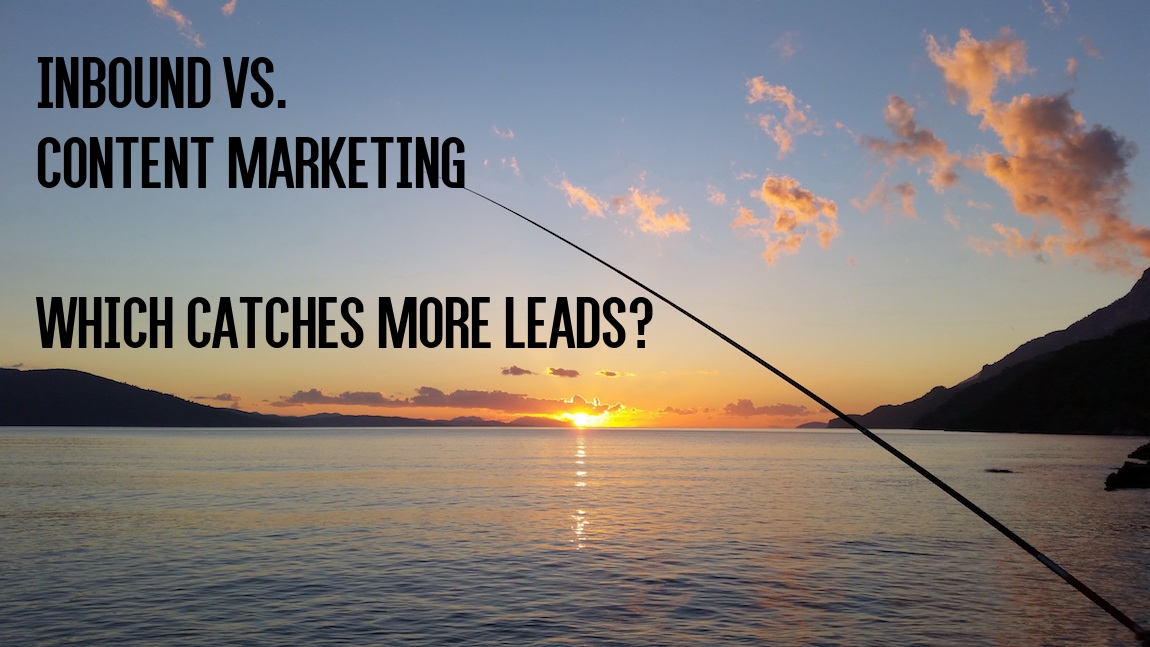How B2B Brands Can Tackle Social Responsibility
by MGB2B
 Last week, we discussed whether corporate social responsibility is necessary for B2B brands and the many benefits your business can gain from it. Attracting better talent. Lowering costs. Improving your reputation. Even increasing profits. It’s clear that social involvement is crucial for B2B brands today. Follow these tips for B2B social responsibility to get your program started right:
Last week, we discussed whether corporate social responsibility is necessary for B2B brands and the many benefits your business can gain from it. Attracting better talent. Lowering costs. Improving your reputation. Even increasing profits. It’s clear that social involvement is crucial for B2B brands today. Follow these tips for B2B social responsibility to get your program started right:
Consider What Your Prospects Care About
Your marketing department may have some of the best information when it comes to the preferences of your prospects. There are many directions you can go when it comes to supporting social causes. You can center an entire campaign around a specific issue, or you can incorporate charitable actions into your business in other ways. You have to decide as a company what is the best approach to take. But it can only help to take into consideration what prospects value most. Find out what they care about, and if it aligns with your company goals, you’ve found your social responsibility focus.
Raise Awareness
To build your reputation, it takes more than making your current clients aware of your social efforts. Who else has stake in your company? Involving the community, shareholders, government, and other organizations can be an essential part of the process. It’s also important to play an active role in your local community. While thinking large-scale in your social efforts is good, it never hurts to participate in local events and support the community where your business resides. For small businesses, this may be the full extent of your CSR efforts, but the community help make your message go further.
Spread the Word on Social Media
Promoting your community involvement or charitable efforts on social media is key. If a regional office of your company is participating in community events, snap some photos and upload them to your social media channels. People will like to see your involvement and support in these local activities. And – even more importantly – it draws attention to the organization you’re helping.
Dedicate A Page On Your Website
While larger companies like Google can devote entire websites to their CSR efforts, you may want to consider a single landing page on your website. Many companies dedicate a page on their websites to “Community Involvement,” where they list their corporate social responsibility efforts or the organizations they partner with. This is an easy way to showcase your efforts. You can house your CSR stories here and drive people to the page through SEO and social media distribution.
Some may think corporate social responsibility is irrelevant for B2B brands. The truth is, prospects today want to work with companies that not only make good things, but do good things. What kind of good things has your B2B brand been doing lately?
Continue ReadingB2B Monday Myth: All I Need Is a Press Release
by MGB2B
The Myth: All I Need Is A Press Release
The Truth: The PR Landscape Has Evolved, and B2B Brands Must Evolve with It
The nature of public relations has changed. The truth is, traditional PR cannot exist on its own anymore. Your company cannot skirt by with just a press release, hoping that newspapers, television, and radio will pick up your story. Technology and the rise of digital marketing have forced both B2C and B2B brands to broaden their PR strategy. The way information is shared is different, and your business must adapt if you plan to remain relevant and get your stories out to the right people at the right time.
The Integration of Different Departments
In the past, PR would have its own separate silo. When social media first blossomed, it was largely separate from PR. Now, public relations must integrate with social media and other digital marketing efforts for more engaged customers and better results.
SEO is also an important part of public relations today. Your press releases can go much further with the right links and keywords. These tools also give you the ability to better target your prospects and track results. This way, you can find out which stories resonate most with the audiences you’re trying to reach and back your decisions with concrete data.
Increased Speed of Communication
Information today moves faster than ever. Gone are the days when drafting and distributing a press release was a multi-day process. Companies today benefit from preparing stories ahead of time and developing a cohesive strategy for distributing them through multiple channels and media.
Public relations, at its core, is still very much about building and nurturing relationships. Going the extra mile to write in a form that is easily convertible for your contact, who will (hopefully) be publishing your work, will go a long way and get your stories out faster. Let them know where they can find more information, such as on your website or social media channels to speed up the process and keep your company top of mind.
A Bigger Network of Storytellers
Today, people aren’t solely relying on national publications and TV news channels as the only important and credible source of information. With the rise of social media, there could be any number of people talking about your company. Identifying influencers in your industry, whether they’re respected bloggers, YouTube personalities, or trusted trade publications, can help you shape your stories and who you want reading them. Engage and cultivate relationships with these influencers and you could see your stories reaching their networks of dedicated followers.
Improve Relationships With Trade Publications
Print is not dead. Which is why it’s important to cultivate good relationships with trade publications for editorial preference and customized digital opportunities. Leveraging a media buy and keeping up your advertising with a specific trade publication is a great way to get better PR for your company.
As the public relations landscape continues to change, it will become more critical to stay on top of digital trends and maintain valuable connections. While B2B companies should not overlook traditional media and trade publications, you should look for ways to stay connected online and make your PR content even more shareable. Telling your brand’s story is an important part of connecting with your audience and reaching new ones.
Continue ReadingB2B Monday Myth: Content Marketing and Inbound Marketing Are the Same Thing
by MGB2B
The Myth: Content Marketing and Inbound Marketing Are the Same Thing.
The Truth: Content Marketing Expands Well Beyond Just Inbound.
One mistake marketers make fairly often is confusing Content Marketing with Inbound Marketing. They see them as one and the same, when in reality Inbound Marketing is just a child of Content Marketing. Let’s take a closer look.
First off, when we talk about content, here are some examples of what we’re referring to:
- Blog Posts
- Podcasts
- White Papers
- eBooks
- Social Media Posts
- Videos
Content Marketing is simply how you distribute content to your target audience. The way you do it can make or break your marketing campaign. Sometimes, Content Marketing takes the form of Inbound Marketing.
So, How Does Inbound Marketing Work?
Inbound marketing is a simple concept. It generates strong leads for B2B brands because it lets the buyer find you instead of you hunting them down as you would with Outbound Marketing. It is passive marketing – you leave your fishing hook in the water and wait for the fish to come and take your bait. So the goal is to make your bait as attractive as possible by optimizing the content on your website and social media sites. If your content is good, hopefully others will use them as inbound links on their sites. This gives you credibility, not only to prospects, but to Google, who will then be more likely to put you at the top of the search list.
The goal of Inbound Marketing, is once you draw a prospect to your content, you can capture their information, and they become a lead that you can now contact and (hopefully) convert.
But this is only one way to use content.
Okay, What About Content Marketing?
Content Marketing encompasses more than just Inbound. It’s been around much longer than you might think. John Deere started doing it back in 1895 by creating The Furrow, an agricultural magazine that would appeal to his customers and prospects (millions of them). Walt Disney was a master of Content Marketing as early as 1954. Both the Deere and Disney brands have been distributing their content to mass audiences since long before the Internet was even invented, never mind Inbound Marketing.
But we needn’t put the division line between Inbound and Offline. There are other ways to drive people to your content online that are not considered Inbound Marketing. Optimizing your content can get you hot leads who are searching for what you offer, but Outbound allows you to widen your net a bit. It’s basically marketing as you’ve always known it, but used to drive readers to content instead of to build awareness of your brand. With Outbound, you drive people to your content via:
- Social Media Ads
- Online Display Ads / Retargeting
- Paid Search
- E-blasts via Trade Publications
- Webinars with Relevant Trade Publications
- Email Campaigns (though there is debate as to whether this is considered Inbound or Out)
As you can see, Content Marketing is a wide umbrella, and Inbound a highly effective methodology that falls beneath it. Their goal is the same: to get prospects into your sales funnel. The key is to have good content that can increase the number of leads you get from both your Inbound and Outbound efforts. Try what you think will work best for your target audiences, measure the effectiveness of each piece of your campaign, and fine-tune it until you have a well-oiled Inbound and Outbound Content Marketing machine.
Continue Reading
